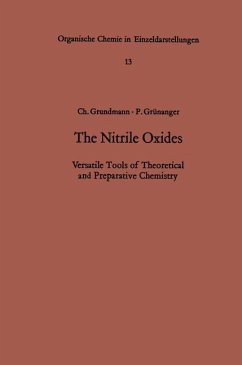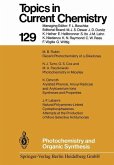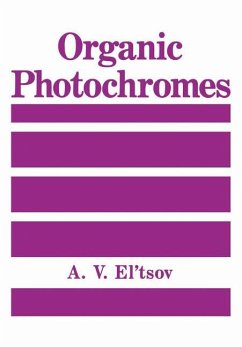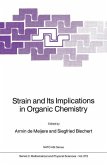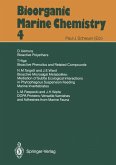From their discovery in the last decade of the nineteenth century on, the nitrile oxides comprised a rather small group of little-known and little-investigated unstable organic derivatives of hydroxylamine. Around 1950, the astonishingly wide variety of their reactions started to become gradually unveiled. This reactivity has made them increasingly important as valuable tools for many syntheses. Simultaneously, the newly dis covered transformations raised interesting theoretical questions and their pursuit has generally enriched our understanding of reaction mechanisms of organic chemistry. At the same time, when nitrile oxides finally had won on their own a position of justified interest in the eyes of the organic chemist, came the discovery that fulminic acid, was in fact the parent member of this series. Thus, suddenly the nitrile oxides had acquired the most illustrious ancestry. Fulminic acid was discovered in 1800, at the dawn of modern chemistry, and since then the riddle of its true structure as well as the proteus-like variability of the molecule in its multitude of re actions has at one time or another attracted some of the most brilliant minds of organic chemistry, among them Berthollet, Gay-Lussac, Liebig, Wohler, Berzelius, Gerhardt, KekuTe, Griess, Armstrong, Holleman, Scholl, Nef, H. Wieland.
Hinweis: Dieser Artikel kann nur an eine deutsche Lieferadresse ausgeliefert werden.
Hinweis: Dieser Artikel kann nur an eine deutsche Lieferadresse ausgeliefert werden.

